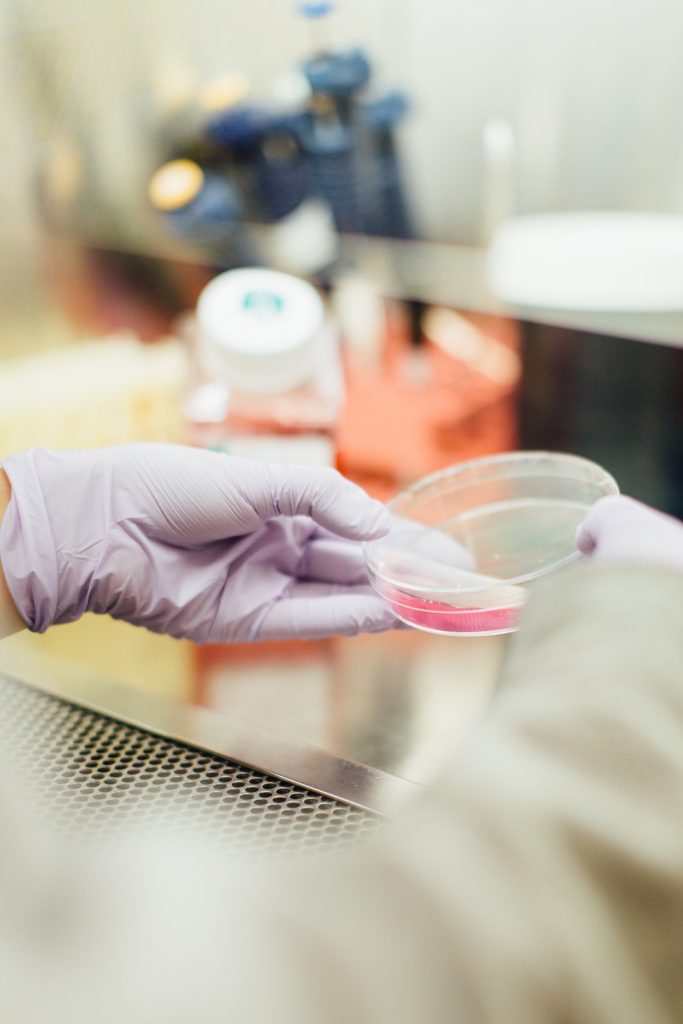Urinalysis: Urine Test & Results Explained
What is urinalysis?
Urinalysis (urine test) refers to the testing of urine with a chemical colour-change ‘dipstick’ to analyse various urine components. These include:
- Urine pH
- Specific gravity (SG)
- Glucose
- Protein
- Red blood cells (RBC)
- Ketones
- Leukocytes (white blood cells)
- Nitrites
What does urinalysis test for?
Urinalysis can be used to assist in the diagnosis of urinary tract infection (infection of bladder or kidneys), kidney stones, diabetes and its complications, or a number of other disorders.
Urinalysis (UA) may be performed in the setting of specific urinary symptoms, such as:
- Having to pass urine very often (urinary frequency)
- An urgent feeling of being unable to stop urine from coming out (urinary urgency)
- Painful or burning or stinging urination (dysuria)
- Pain in the area of the bladder (suprapubic pain).
These symptoms usually point to cystitis, an infection of the bladder. It is also possible to have an infection in one or both kidneys, i.e. higher up in the urinary tract, called pyelonephritis, and this may occur without bladder symptoms.
Kidney infections cause fever, pain in the mid to lower back, violent shivering (known as rigors) and a feeling of being generally unwell.
Urine may also be tested to look for:
- Traces of blood (microscopic haematuria)
- Glucose – usually indicating a raised blood sugar level
- Protein – often due to kidney dysfunction
- Ketones – associated with starvation or diabetic ketoacidosis
Occasionally urine is tested specifically to assess the pH or specific gravity.
Get on top of your general health
Find and instantly book affordable GPs within Australia
How is urinalysis performed?
Urinalysis (UA) requires a urine sample.
In adults and older children this is relatively straightforward and involves passing urine into a suitable container.
When infection is suspected it is better to collect a ‘mid-stream’ sample: passing some urine into the toilet, stopping, collecting a sufficient sample, then emptying the bladder.
Alternatively, urine can be collected from an indwelling urinary catheter.
Various methods are available for collecting urine from small children and babies, the favourite being a “clean catch” where a parent waits for the exposed child to pass urine and catches the sample in a small container.
The test itself takes approximately 3 minutes, as the colour changes for some components are assessed after 2 minutes minimum.
The colour on the dipstick reagent strip are compared to reference colours on a chart (on the side of the test container, or measured by a machine in the case of automated urinalysis.
Urinalysis results explained
To diagnose a urinary tract infection (UTI), a variable combination of red blood cells, white blood cells (leukocytes), and nitrites is required.
Most components are reported broadly in terms of plus signs (+), for example protein ++ or ketones 3+ (up to 4 plusses).
Other components are reported as numbers, for example Specific Gravity (1.010 is average) and pH (around 6 is usual).
Also Known As
- Urine test
- Clinical urine test
- Urine dipstick test
- U/A
Related Specialists
Related Procedures
- Cystoscopy
- Ureteroscopy
- Urinary Catheterisation
- Suprapubic Aspiration
Related Tests
- Urine HCG (Urine Pregnancy Test)
- Full Blood Count (FBC)
- Urea & Electrolytes (U&E)
- Ulrasound Scan of the Abdomen
- DMSA scan
- Micturating Cysturethrogram (MCUG)
- CT Scan of the Abdomen
A: Use HealthEngine to find and book your next GP appointment. Click on the following locations to find a GP clinic in your state or territory.
This article is for informational purposes only and should not be taken as medical advice. If in doubt, HealthEngine recommends consulting with a registered health practitioner.
All content and media on the HealthEngine Blog is created and published online for informational purposes only. It is not intended to be a substitute for professional medical advice and should not be relied on as health or personal advice. Always seek the guidance of your doctor or other qualified health professional with any questions you may have regarding your health or a medical condition. Never disregard the advice of a medical professional, or delay in seeking it because of something you have read on this Website. If you think you may have a medical emergency, call your doctor, go to the nearest hospital emergency department, or call the emergency services immediately.








